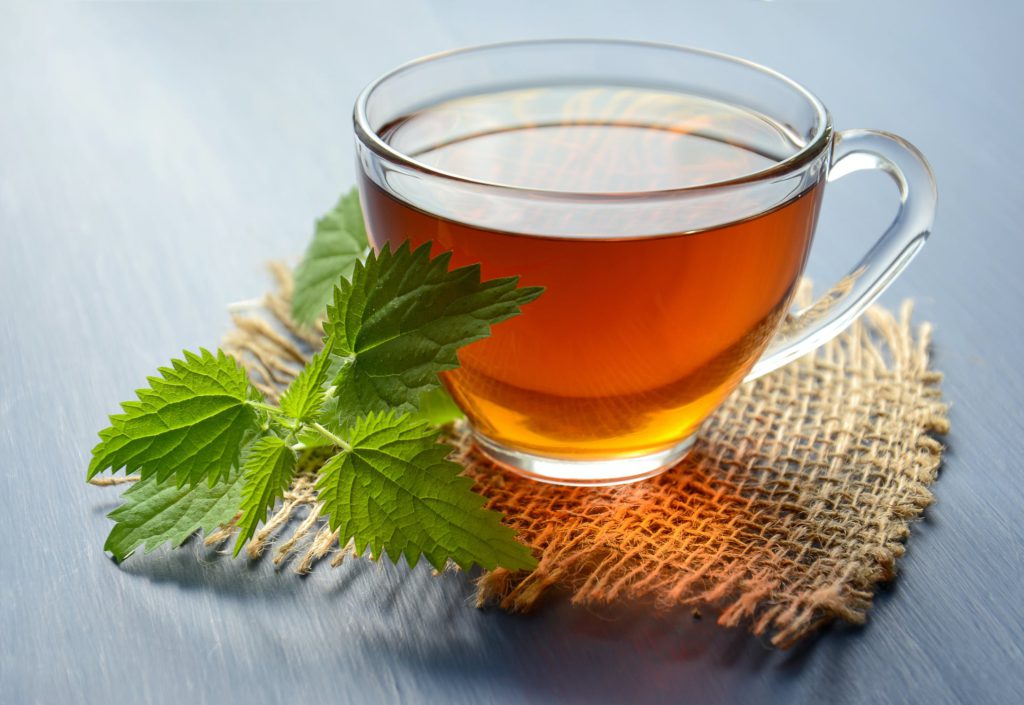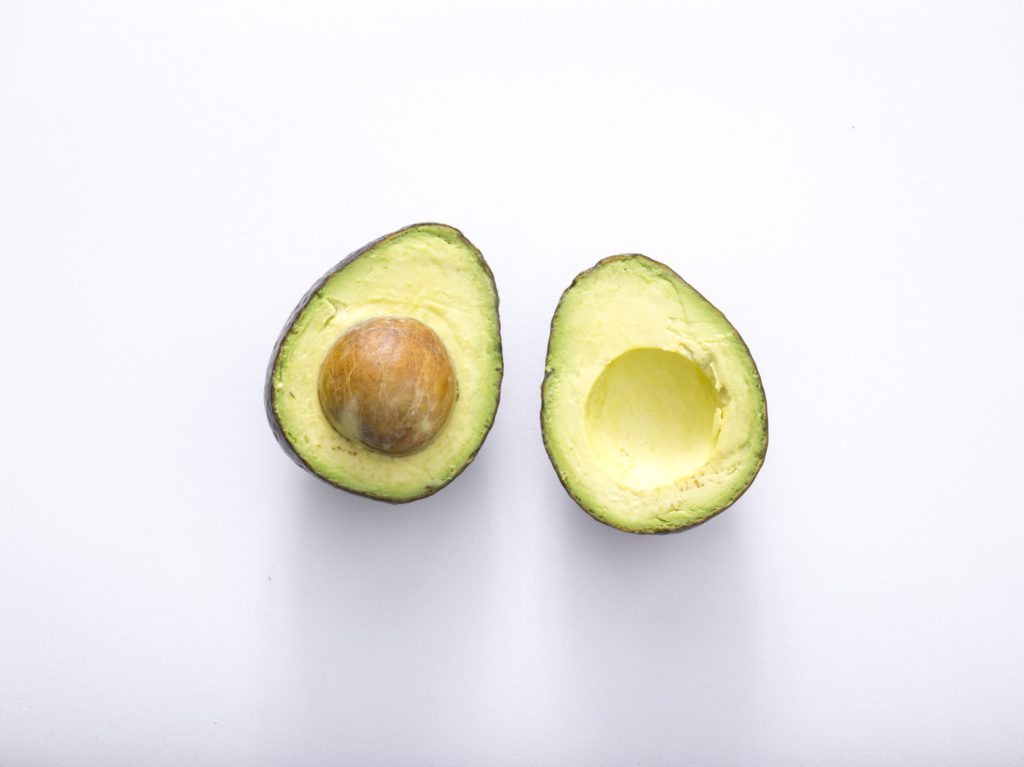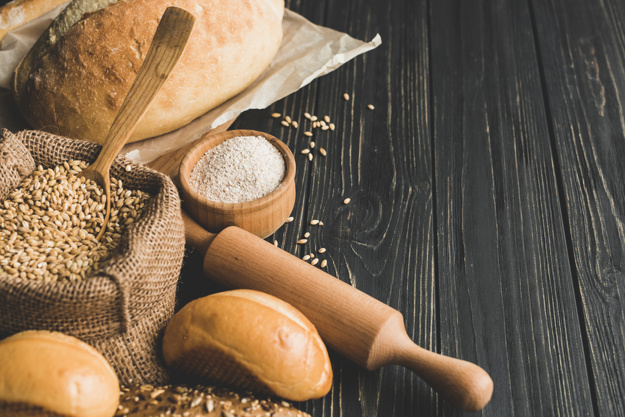14 Foods that Increase Blood Flow
Good blood flow is vital for optimal health. There are many foods that increase blood flow, and they can be easily incorporated into your daily diet
Stay Healthy
Get articles that dive deep into the details about functional foods, plant-based nutrition, health, and fitness.
Our bodies consist of skin, bones, organs, muscles, and blood. In fact, blood makes up 7–8% of the body (1). Blood plays many roles in the body, including acting as a messenger, a clotter, and a temperature regulator. Blood flows to all parts of the body to ensure that each organ is operating properly, which is why blood flow is vital for optimal health.
Blood flow can be increased through proper diet and exercise. The exercise part is easy, but foods that increase blood flow can be challenging to identify on your own. We made it easy by compiling a simple list of foods that increase blood flow.
What is blood?
Blood is a bodily fluid that is made up of plasma, red blood cells, white blood cells, and platelets. These four components each play a specific role in the body.
Plasma
Plasma is a component of blood that is made of water, sugar, fat, protein, and salts. It makes up 60% of our blood. Plasma is responsible for moving nutrients, waste, antibodies, hormones, and proteins. Most importantly, plasma carries blood cells, making transportation possible.
Red blood cells
Red blood cells are the oxygen movers of the body (2). Each red blood cell contains a protein called hemoglobin, which allows the cell to move oxygen from our lungs to other parts of the body. Hemoglobin is also what makes our blood look red. Red blood cells are the most common type of cell found in blood and are also the smallest. Their small shape is what lets them fit into even the smallest blood vessels.Patients with anemia have low red blood cell levels, which is why patients with anemia tend to feel tired or out of breath.
White blood cells
There are several types of white blood cells, but their main function is to protect the body from infection. White blood cells circulate around the body until they receive a signal that damage has been done to a part of the body. White blood cells are responsible for contributing to allergic reactions and fevers when we get sick. Those with low white blood cell levels are prone to infections.
Platelets
Platelets roam around until a part of the body gets injured and requires blood clotting. Platelets glue themselves onto the injured part and form a blood clot, which “plugs” the hole where blood was leaking.
High platelet counts can lead to unnecessary clotting, which can cause strokes or heart attacks. On the other hand, low platelet counts can lead to excessive bleeding.
Why is increased blood flow important?
Before delving into why increased blood flow is essential, it is necessary to explain how blood flow works.Every liquid has a different viscosity or thickness; for example, molasses and honey have a high viscosity, whereas water has a low viscosity, and blood can vary in viscosity (3).
When blood has a high viscosity, there is decreased blood flow. This is because there is more resistance and the heart has to work harder to pump blood. Blood viscosity mainly depends on red blood cell count; higher red blood cell count means a higher viscosity. However, low viscosity is not always a good thing. Those with abnormally low blood viscosity tend to be anemic.
When blood is at its normal viscosity or lower, there is increased blood flow. Imagine pumping a hose full of molasses versus water. You require much less energy to pump the water. The same applies to our blood; we want increased flow from the blood itself so that our hearts do not have to work as hard to get blood to the rest of the body. As a result of increased blood flow, the risk of high blood pressure decreases (4).
This leads to a decreased risk of a multitude of other diseases, including heart attacks and strokes. Overall, increased blood flow is related to a decreased risk of serious diseases. While exercise is important to maintaining healthy blood flow, diet is just as, if not even more, important. There are many foods that increase blood flow, and they can be easily incorporated into your daily diet.
Foods that increase blood flow

1. Sweet potatoes
Sweet potatoes are high in potassium (5), a mineral that lowers blood pressure. Additionally, sweet potatoes are packed full of fiber and vitamin A, but low in sodium (6). A fun way to include sweet potatoes is by slicing, roasting, and eating them with eggs, vegetables, and turkey for breakfast.

2. Green tea
In a study, participants were found to have increased blood flow and oxygen delivery to the skin after drinking green tea every day for 12 weeks. This resulted in more elastic, less rough skin. Blood flow was at its highest level after 30 minutes of ingestion (7).

3. Cinnamon
Cinnamon lowers blood pressure, resulting in increased blood flow. Cinnamon also is an antioxidant, anti-inflammatory, antidiabetic, antimicrobial, and anticancer spice (8) and is overall an excellent addition to the everyday diet. Cinnamon goes well sprinkled on oatmeal and coffee (hot or cold, whichever you prefer!), and in peanut butter (the perfect dip for apples!).

4. Beets
Beets are an antioxidant, anti-inflammatory, and vascular protecting vegetable that has been used to help patients with cardiovascular disease and cancer (9). In numerous studies, beet consumption was linked with lowered blood pressure and inflammation. If you are not the biggest fan of raw beets, try blending them up in your favorite smoothie.

5. Avocados
Avocados are another great source of potassium. This creamy green fruit is also full of omega-6 fatty acids, fiber, and vitamin K (10). Avocado toast, avocado pudding, and guacamole are a few popular ways to eat this blood flow–increasing fruit.

6. Nuts
Nuts are associated with beneficial cardiovascular effects because of their ability to reduce inflammation and improve vasodilation (11). Vasodilation is the dilation of blood vessels, which lowers blood pressure and increases blood flow. Nuts generally have a good reputation for being rich in healthy fats and omega-3 and omega-6 fatty acids.
Eating nuts raw, chopped into a salad, or roasted with squash can improve blood flow, which is just one of the many health benefits that nuts have. Take a look at our article “The World’s Healthiest Nuts!” to see what are the best nuts for you, and for the environment.

7. Spinach
Spinach is high in nitrates, which get converted to nitric oxide. Nitric oxide regulates blood flow, which is linked to decreased risk of heart disease and reduced blood pressure.
In a study where participants consumed spinach over seven days, participants were found to have reduced blood pressure and less stiff arteries (12). Lowest blood pressure levels after consumption of the spinach meal aligned with the highest nitric oxide levels. Spinach can be enjoyed steamed, in soups, fresh in a salad, or blended with fruit in a smoothie.

8. Bananas
A fruit famous for its high potassium levels is the yellow banana. A single, medium-sized banana has 422 mg of potassium, which is 12% of the daily recommended value (13).
Bananas are also high in vitamin B6 and fiber. This bright yellow fruit can be eaten with a spoonful of peanut butter or almond butter, or frozen dipped in dark chocolate as a healthy summer treat.

9. Salmon
Salmon is high in omega-3 fatty acids, which lower blood pressure (14). Salmon is also a good source of healthy fats and is a complete protein.
It is recommended to consume salmon or other fatty fish twice a week to receive consistent nutritional benefits (check out “What is the Healthiest Seafood?: From Sustainability to Health” to learn about other healthy fish options).

10. Garlic
Garlic has been found to decrease blood pressure as well as expand blood vessels (15). This leads to increased blood flow and reduced risk of clogged arteries. The chemical called ajoene in garlic contributes to its increased blood flow health effect because ajoene prevents platelet aggregation.
Cooking with garlic can be tricky since it burns and turns bitter quickly, so garlic is best added near the end of cooking to get optimal nutritional benefits and taste.

11. Whole grain products
In a study conducted among 33 participants, blood pressure significantly decreased when the participants consumed a whole-grain diet compared to a refined-grain diet (16).
Decreased blood pressure is a sign of healthier blood flow, so switching over to whole-grain products may be a way to control or lower high blood pressure.

12. Citrus fruits
Citrus fruits contain flavonoids that have been used to treat cardiovascular disease and atherosclerosis (17).
Flavonoids act as an anti-inflammatory, reduce oxidative stress, and improve blood pressure. Overall, citrus flavonoids protect blood vessels. Some commonly known citrus are oranges, lemons, and grapefruits.
Still, there is a multitude of citrus that can be found at your local grocery store, including pomelo, sumo mandarins, and blood oranges.

13. White beans
White beans are also high in potassium. These beans are an excellent source of protein, fiber, and iron (18). White beans can be steamed with rice or blended and added to stews.

14. Ginger
Ginger is known for its anti-inflammatory properties and is used for muscle pain relief (19). Ginger is also known to lower high blood pressure and be an anti-cancer agent (20). Fresh ginger juice can be added to smoothies or consumed by itself.

Foods to avoid
While there are many foods that increase blood flow, there are many that decrease blood flow. Foods that are high in salt increase the risk of various diseases such as high blood pressure and cardiovascular disease.
The daily recommended value of sodium is only 2,300 milligrams or 1 teaspoon. That recommended value is also much lower for those with high blood pressure. Many go over that recommended value without realizing it, so it would be beneficial to be more mindful and wary of sodium levels in the foods we consume.
But why should we be careful of salt consumption? It is because there is a direct correlation between increased salt intake and increased blood pressure (21). One study found that reducing salt intake by 4.4 grams decreased blood pressure. This effect was found in all age groups regardless of ethnicity, gender, and starting blood pressure.
Recommendations and final thoughts
All of the foods that increase blood flow that is listed above are beneficial in more than just one way because of how nutritious they are. These foods are also foods that you probably consume already!
Ensuring regular consumption of these foods is essential for increasing blood flow and preventing cardiovascular disease. Many of these foods can also be combined to create one healthy, nutrient-packed meal.
However, it is also important to exercise daily. Physical activity may build muscle on the outside, but it also strengthens muscles on the inside, such as our heart and lungs. It may be difficult to think about eating foods that increase blood flow on a daily basis, but making the simple switch to whole-grain products is a good first step.
Also, remember that too much of a good thing can be a bad thing, so overconsumption is not the way to go. There is no “catching up” on nutrients; regular consumption is what matters.
Get our best articles about nutrition, health and fitness.
About Satia
Our Mission is simple. Top quality functional foods from sources that you can trust.
Learn more